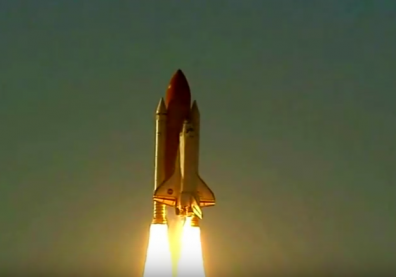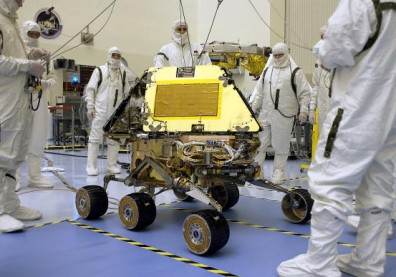a team of researchers from the University of Tokyo, Japan's Astrobiology Center and the National Astronomical Observatory (NAOJ), recently observed the transit of a potentially Earth like planet outside of our solar system. The planet named as K2-3d was detected using a multicolor simultaneous camera for studying atmospheres of transiting exoplanets (MusCat) installed in the Okayama Astrophysical Observatory's 188 cm telescope.
A transit happens when an extrasolar planet passes from the front of its parent star, the phenomenon results in blocking a fraction of light from the star. Planet K2-3d is unique because scientists and researchers believe that it may hold clues to extraterrestrial life.
In a post by the Daily Galaxy, the possibility of K2-3d bearing extra terrestrial life is highly probable. Noting that previous transits have been observed for thousands of extrasolar planets but K2-3d might possibly be the first planet outside of our Solar System to be observed using a new generation of high tech telescopes.
K2-3d Is Closer To Our Solar System Compared To Other Planets Found In NASA's Habitable Zone
According to NASA,there are 21 potentially habitable planets that have been identified by Nasa's Kepler Mission, but most of the planets discovered in the habitable zone is located in fainter and farther systems. The mere fact of K2-3d being closer to our planet sparks great interest in discovering the planet's chances of harboring life.
It is anticipated that the next generation of large telescopes will be able to fully investigate the composition of K2-3d's atmospheric composition. The presence of oxygen and other life building molecules would greatly improve the chances of finding life in the extrasolar planet.
K2-3d is located 150 light years away from Earth and is nearly 1.5 times the size of our planet. The total orbit of the period is just around 45 days because it revolves around a star half the size of our sun.










